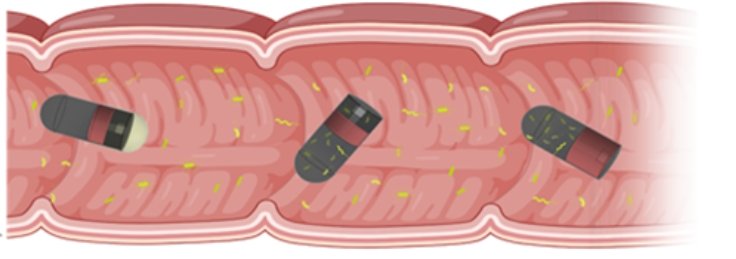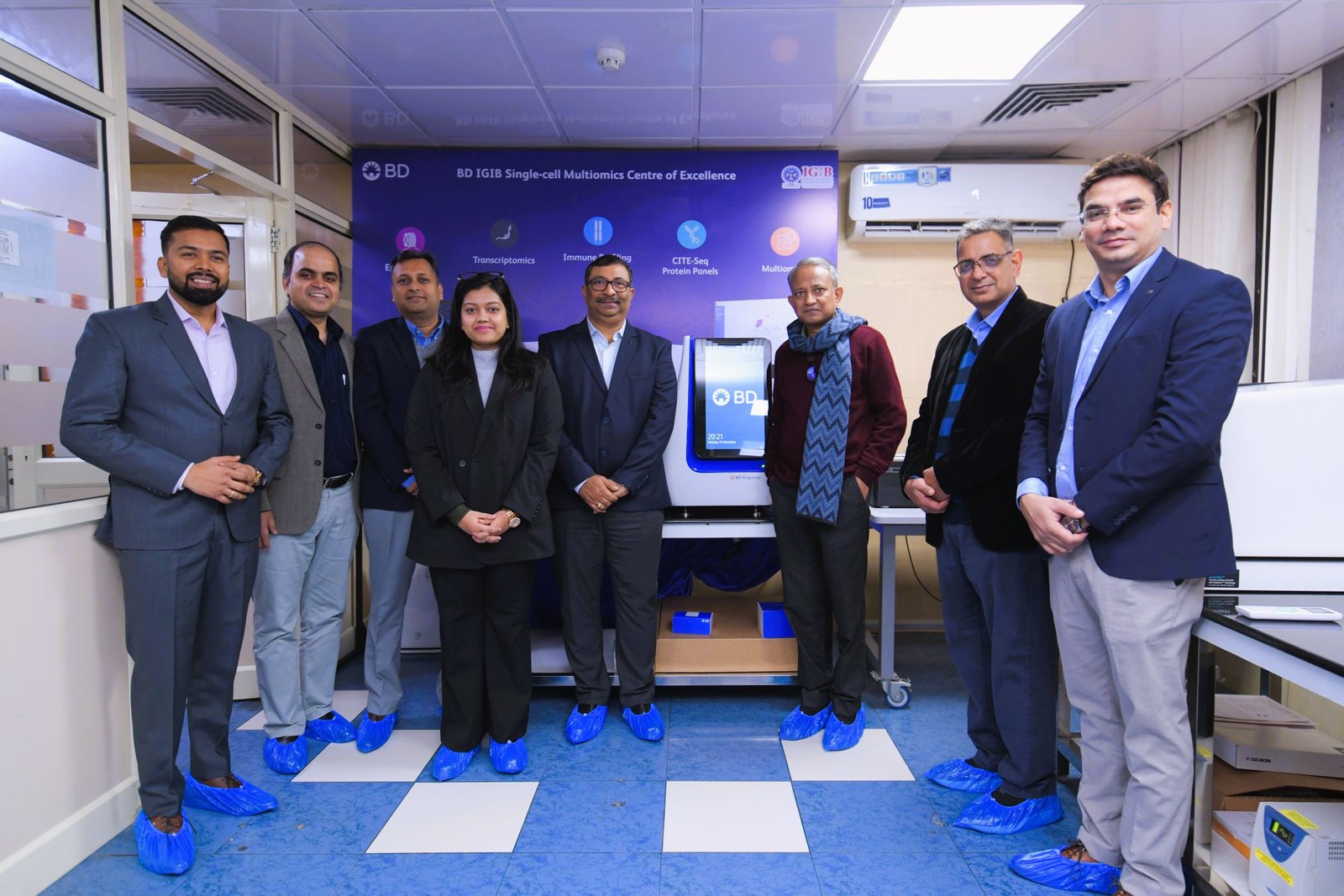Study links Leucocyte Telomere Length with obesity in pre-diabetic & type 2 diabetic women
August 04, 2022 | Thursday | News
Fortis C-DOC Hospital for Diabetes and Allied sciences and partners conducted the study
Image Credit: Shutterstock
Leucocyte Telomere Length (LTL) is linked to obesity in pre-diabetic and type 2 diabetic women, according to a study. LTL is the measure most commonly used to study age-dependent shortening and disease risk in human populations. The study explored the relationship between prediabetes, truncal obesity and LTL, shortening of which, indicates faster ageing and premature death.
The research was conceived and designed by Dr Anoop Misra, Executive Chairman and Director, Diabetes and Endocrinology, Fortis C-DOC Hospital for Diabetes and Allied Sciences, and conducted jointly by Surya Prakash Bhatt, Ravindra Mohan Pandey and Ashish Datt Upadhyay. The findings have been recently published in the journal, BMJ Open Diabetes Research & Care.
The study links LTL in women with abnormal fasting glycemia (pre-diabetes). The relationship of LTL with fatness, particularly in the truncal part of the body is being reported for the first time. The average LTL was significantly shorter in obese women with pre-diabetes.
The R-squared (R2) statistic for the multivariable linear model after adjusting for age, family income, education, and hypertension showed that LTL was inversely correlated with body mass index (BMI), waist and hip circumference, waist-hip and waist-to-height ratio, truncal skinfolds (triceps ratio, central and total skinfolds), fat mass (kg) and percentage body fat. Besides age, obesity, and fat distribution in the truncal part of the body are major contributors to telomere shortening in women with abnormal fasting glycemia.










